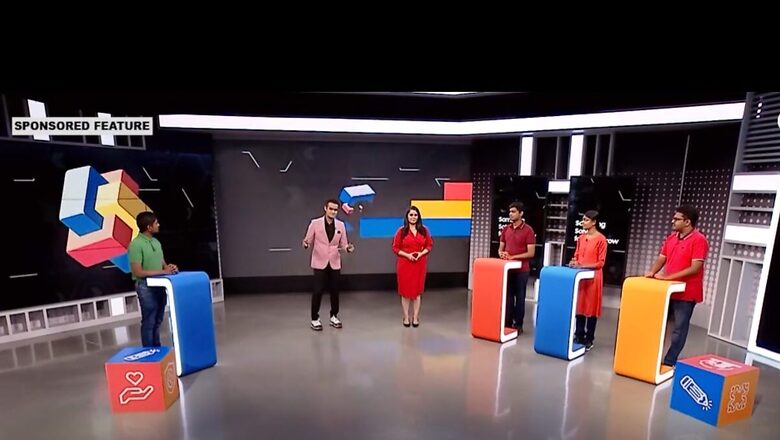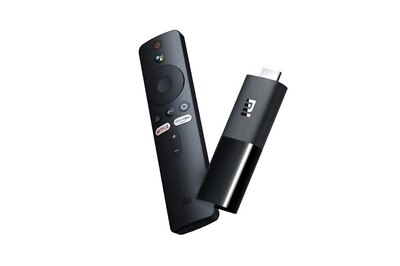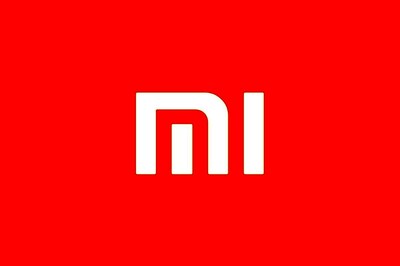
views
Privilege is a slippery concept for most of us, after all, we’re all privileged in some way. Maybe we grew up in places that afforded a lot of opportunity, went to good schools, belonged to families that didn’t struggle with money, grew up with both our parents, didn’t encounter any violence, didn’t encounter any discrimination, had supportive teachers… the list goes on.
Viewed from that lens, our choices are often shaped by our privilege (or lack of it), rather than pure free will. Women for instance, make up a very small percentage of STEM students and professionals. Is this because women don’t perform well in STEM subjects? No. But it is because of the messages they are given, the high duration of STEM education, the STEM jobs that make it difficult to balance family aspirations, and a lack of great role models.
When we examine any of those messages individually, we can see that they don’t make sense. After all, we don’t say these things to boys, so why apply them to girls? But from a societal standpoint, when these messages are layered on women from a young age onwards by their families, teachers, and other well-wishers, it adds up. Women find themselves choosing fields other than STEM, even when their aptitude lies in STEM. This is a huge loss to them, and to society at large.
For the visually impaired, privilege takes on other forms. If you want to read a book, you need access to bookstores or libraries that stock braille books, and provide them at a cost your family can afford. If you want to surf the web and read materials there, you need to have dedicated programs, dedicated devices, and family members who are willing and able to help you read. These are barriers that make it unnecessarily hard for the visually impaired to compete successfully both as students and professionals.
It doesn’t need to be. Today, technology enables us to push past both these challenges, and fortunately, there are bright young minds who are working on these solutions. In the sixth episode of Samsung’s Solve for Tomorrow, we’ll meet Team Stemly and Team Touchpad who are leveraging coding and hardware to bridge these challenges effectively.
Team Stemly’s Yash Yadav is a bright young man who was surprised by how only a few girls chose science after 10th grade in his own school. After many conversations and a lot of research, Yash realised that the solution needs to counter the constant babble of discouragement with positive messages, in addition to arming girls with information, resources and role models. Team Stemly’s platform leverages AI to deliver hyper personalised experiences to each of its users, and learns from each interaction how to be a more effective mentor.
Team Touchpad’s Malathi took her idea of a portable, affordable tactile display to her teammates Vishwa and Ganesh who took an iterative approach to solve each leg of the problem till they had a working prototype that they were confident of. Using this solution will enable visually impaired students to access digital content of all types – from websites to newsletters to magazines to books, bridging some of the gap. It also brings the pleasure of reading to more visually impaired people who may not have access to braille libraries. Moreover, Team Touchpad is committed to keeping costs as low as possible with the aim of increasing access and inclusivity for all.
Team Touchpad’s mentor, Roopa Sheshadri is from Samsung’s Multimedia and AI team, and is incredibly impressed with the originality of Team Touchpad’s idea. She believes that the device has the ability to empower the visually impaired to break their dependence on scribes through access to technology, educational material and a world of content at their fingertips.
Team Stemly’s mentor, Vismita Chauhan, hails from Samusung’s CMF Design team and really appreciates Yash’s clarity of thought, especially at his age. She thinks the Stemly platform has the power to achieve its audacious goal, provided Yash can figure out how to drive traffic, particularly from rural communities, to his platform.
While both ideas and prototypes stand strong, they have to weather the competition they’ll face from the rest of the teams, and their incredible ideas. It’s all coming together in the finale, where the Top 3 teams will take home the prize money of ₹1.5 Crores crore in prize money, in addition to Samsung’s invaluable support. Follow along with these incredibly teams at Samsung Solve for Tomorrow, and watch the latest episode of Solve for Tomorrow, here.
This is a partnered post.


















Comments
0 comment